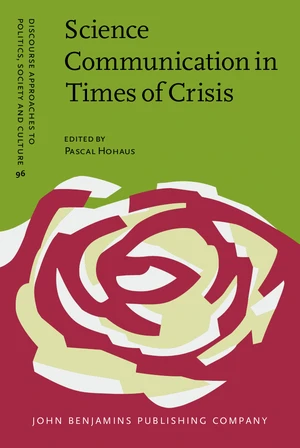Officials within the U.S. government first became aware of the coronavirus outbreak as a potential major health emergency and national security issue on or around January 1, 2020. The first confirmed U.S. case was announced by CDC on January 21, 2020. By early March, when cases of the virus were rapidly spreading globally as well as in the U.S., the WHO declared COVID-19 a pandemic and President Trump declared it a National Emergency. Even though that was publicly announced in the U.S., both the administration and the American people were focused on the upcoming election and the economy. But within weeks, the COVID-19 Pandemic took over as the primary crisis in America, a position which it held, with some breaks through the remainder of 2020. The COVID crisis brought with it a communication crisis, as political communication came in direct conflict with scientific communication and U.S. Government crisis communication efforts fell far short of what was really needed to effectively respond to the pandemic. The political/science conflict dovetailed catastrophically with a rise in science skepticism amongst the American population to create a deep mistrust of scientific statements and approaches to combatting the COVID-19 Pandemic. This was further exacerbated by the lack of a comprehensive, coherent and fully resourced U.S. Government crisis communication strategy as well as a continuing loss of confidence in mainstream media by a growing portion of the public and finally by the explosion of misinformation and disinformation campaigns that had their basis in political viewpoints.
Price history
Aug 15, 2022
€126.63

